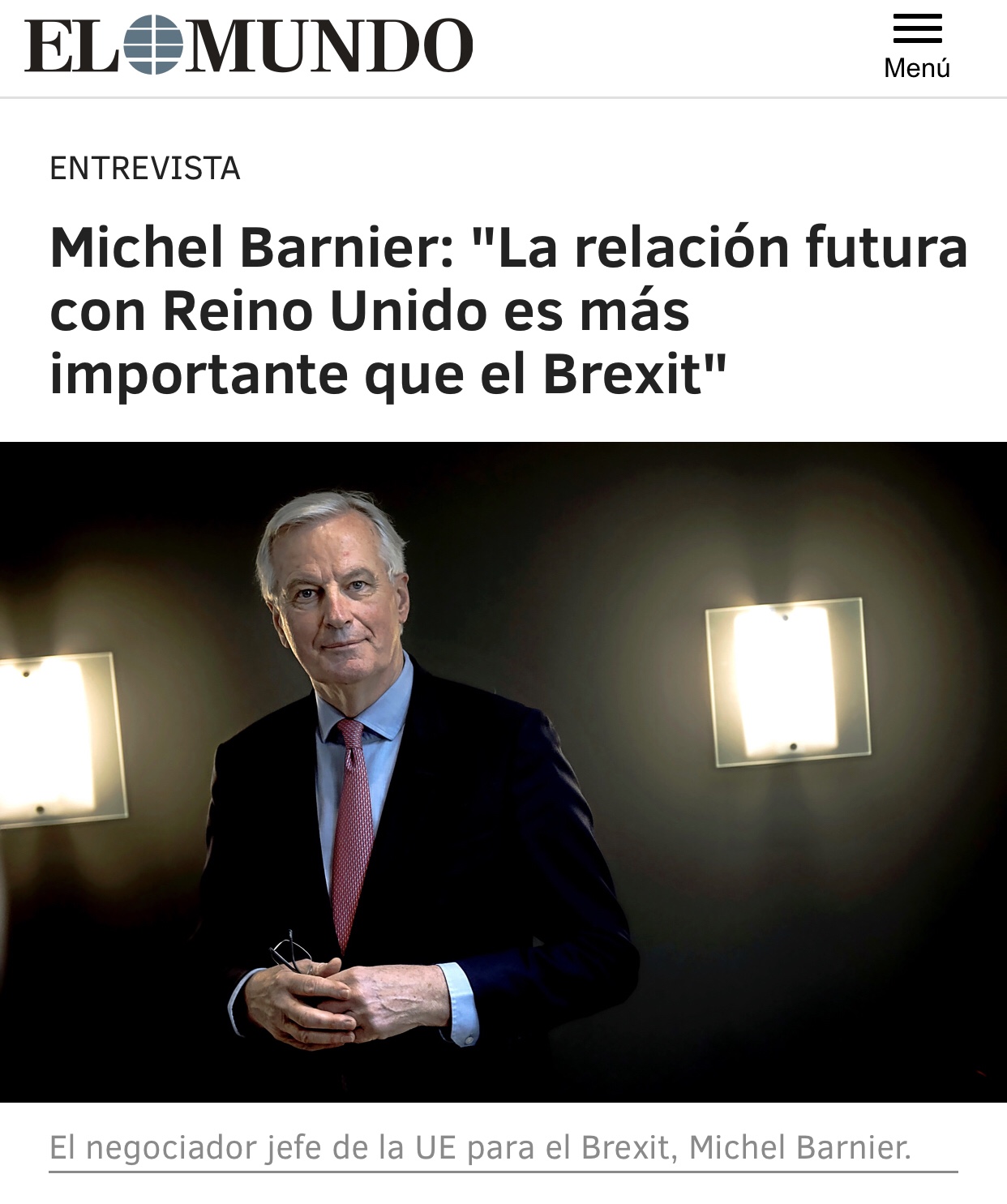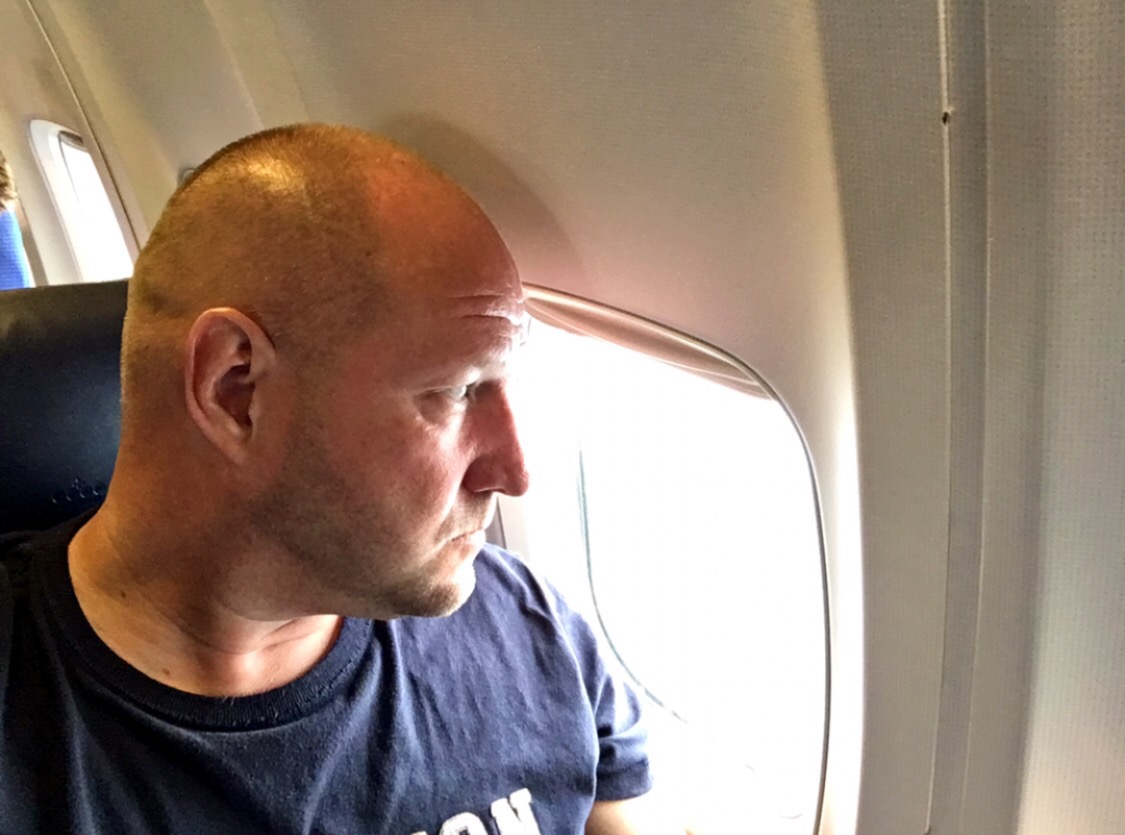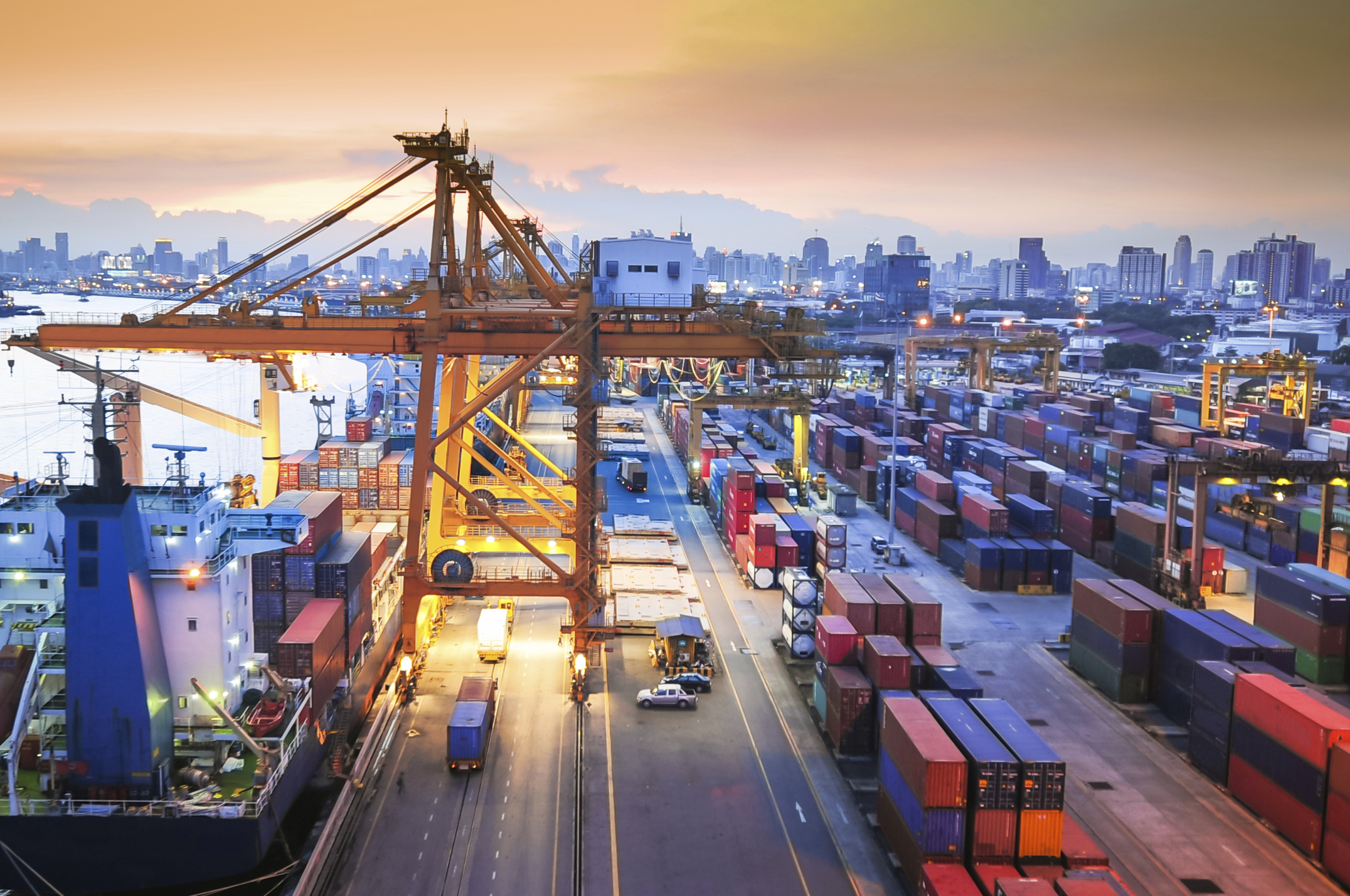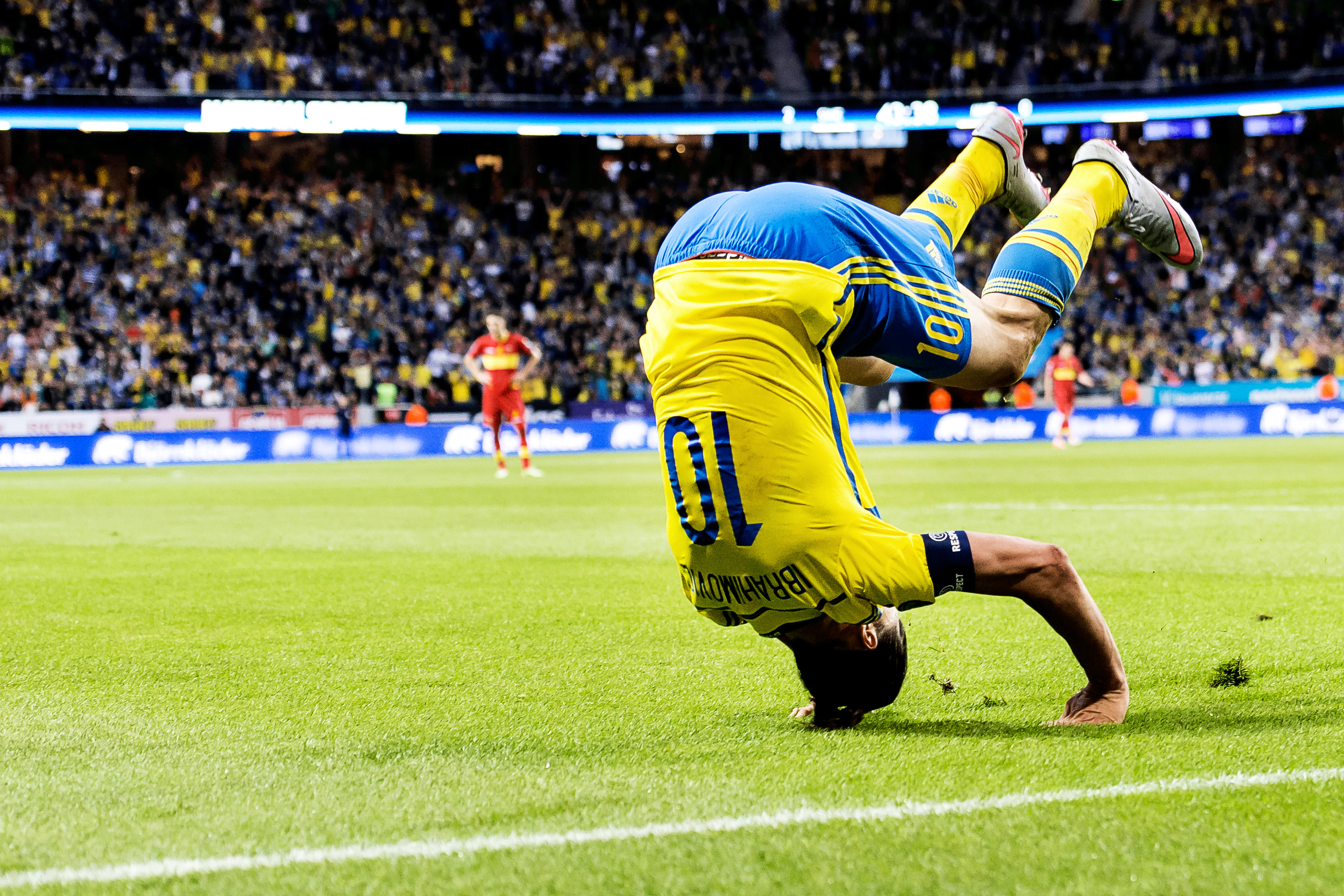The EU Brexit negotiator Michel Barnier has given an interview to newspaper El Mundo. When asked: “….is it still possible to approve and ratify the WA before March 29?”
Barnier said: “No, no. Even if May gets a “yes” an extension will be needed. It would be called motivated, technical extension (..). If it takes two months for the procedure, it would be justified ”

Barnier:
“An extension should serve to fix a problem, not to delay the solution, not to postpone the problem three or six months. We should not risk prolonging the general uncertainty in Europe beyond the May elections”.
Read the article here: El Mundo
Tonight LA Galaxy play the first game of the season in Major Soccer League (MLS) against Chicago Fire. 
This season Zlatan Ibrahimovic has been announced as the new captain of the team.
“It is an honor for me to be the captain”, he says. “I will lead by example”. He talked about this at the Jimmy Kimmel Show recently.

It is not the first time for Zlatan who was captain in the Swedish national team for many seasons.
Can we expect new goals by Zlatan tonight?
I love to travel. Even in elevators.

We have clients all around the world. International trade and Customs is per defenition international. It means that you need to travel to where the challenges are.
I have visited 169 countries and I have worked in 128. And yes, I do count.
The travelling itself is not the fun part. Airlports, planes, trains, cars, busses, taxis, ubers, trams, elevators. Especially when there are delays. It is to meet new people, to learn new things, to find bew problems, to identify challenges and to solve the problems. The rewarding part is to fix things.






You must be logged in to post a comment.